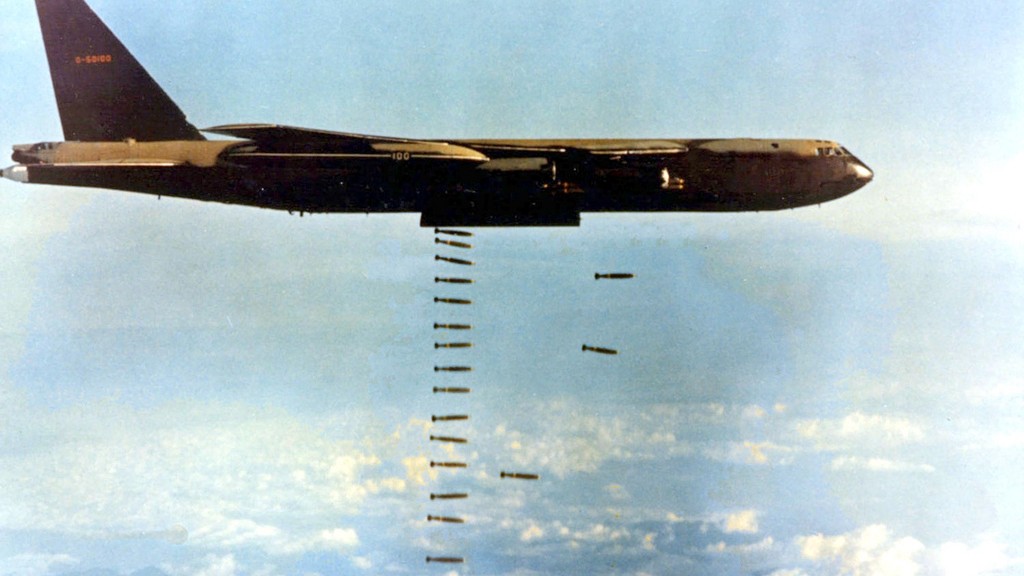Background
After three years of deadlock, the peace talks in Paris finally reached a major breakthrough. In October 1972, Hanoi decided to change their negotiating position in order to get to an agreement. This move was made in the belief that President Nixon could make more concessions in negotiations before, rather than after, the upcoming presidential election in November1. By mid-October, satisfying with the new terms, Kissinger optimistically informed Nixon that the final agreement was to be signed on October 312.
On October 26, 1972, Kissinger held a press conference at the White House to announce the breakthrough and confidently assured that “peace is at hand”3. On the very next day, the phrase appeared in the headline of every newspaper in the United States, raising expectations of a settlement among American public. The announcement, occurring just twelve days before the presidential election, also led to the 1972 October Surprise and contributed to Nixon’s landslide victory.
However, South Vietnamese President Thieu, who was not consulted during the secret negotiations, was outraged and refused to accept the treaty unless there were significant changes. As a result, a list of 69 changes demanded by Thieu and Nixon was presented to North Vietnamese delegation on November 20 who understandably refused the new terms and then withdrew from the negotiations4. On December 16, the peace talks stalled and broke down.
Nonetheless, under public and Congress’s pressure, Nixon had no choice but to bring Hanoi back to the negotiating table and continue its peace efforts. Two days later on December 18, he ordered the initiation of Operation Linebacker II – a 12-day aerial operation widely known as “The Christmas Bombing” to fulfill two major purposes: first, to force North Vietnam back to the negotiations; second, to prove to Thieu that the U.S. had not abandoned South Vietnam5.
Execution
Unlike most of previous air campaigns which were mainly designed to interdict supply routes from North to South Vietnam, Linebacker II was to be different. Many frustrating restrictions which previously prevented U.S. aircraft from bombing critical targets such as air bases, AAA sites were now removed6. For the first time in the war, the U.S. army was allowed to employ its air power to the maximum capabilities to raze all North Vietnamese major targets located in Hanoi and Haiphong areas.
From 18 to 29 December 1972, B-52s struck Hanoi and Haiphong with F-111s and tactical aircraft providing suppression strikes on SAM sites and military airfields at night-time. In daylight, A-7s and F-4s primarily carried out the operations by using visually or long-range navigation (LORAN) bombing techniques, depending on the weather. Moreover, the U.S. army also utilized EB-66s and EA-6s to perform escort duties and the KC-135s to provide the in-flight refueling for US aircraft participating during the operation6.
At the beginning, the execution of Linebacker II had some serious problems in the area of tactical strategy. Because of years of dropping bombs on undefended jungle, the B-52s crews were now inexperienced in flying such high-threat environments in North Vietnam. Additionally, a poor and predictable bombing tactics set up by Air Force commanders led to the high number of B-52s shot down in the first four days of the operation8. However, Air Force commanders quickly revamp its planning and created a more flexible and effective tactics.
